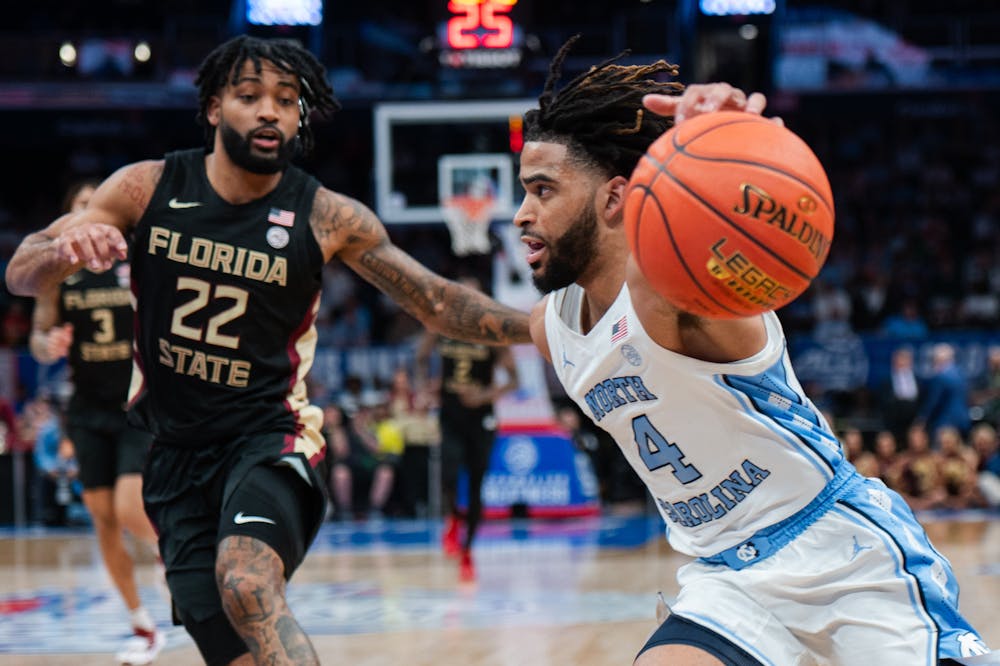UNC’s Sports Analysis Intelligence Lab and the Department of Statistics and Operations Research hosted Tim Chartier for March MATHness on March 4.
Millions of people make predictions and brackets for the NCAA basketball tournament every March. Chartier talked to UNC students about the math of bracket making and how they can better their predictions using analytics and math.
“Bringing in people to talk to not only SAIL, but just the UNC community as a whole about sports analytics, being such a popular topic, we thought was a worthwhile endeavor,” SAIL founder Conor Kerr said.
Chartier is a professor of mathematics and computer science at Davidson College and specializes in sports analytics. One subject he teaches students is bracketology — the process of creating mathematical formulas and models to predict winners of tournament events.
Using bracketology, Chartier and his students at Davidson have created a computer code that can help predict the outcome of games during the March Madness tournament.
Chartier emphasized that the code does not yield a perfect bracket. Instead, he refers to the predictions as a “cloudy crystal ball” because the data cannot take into consideration any randomness that happens during the tournament.
There are two methods Chartier uses: Massey's method and the Colley Matrix.
The Massey method looks at game scores. It rewards blowouts and can be adapted to use only wins. The Colley method looks at wins and losses. Both methods look at the strength of the team’s schedule. Chartier encouraged students to give each method a try.
Students and people anywhere can use these methods on the March MATHness website. Here, people can pick whether to rank the men's or the women’s tournament and choose either the Massey or the Colley method. Then, people can adjust the rankings by weighting certain factors. Users can upweight home, away or neutral court games and even select a time during the season they think will be the most predictive to their bracket.



